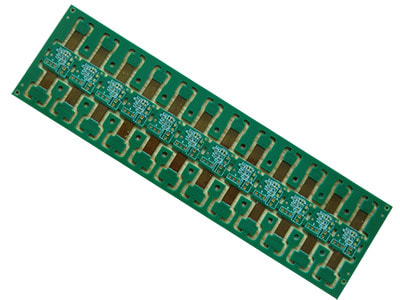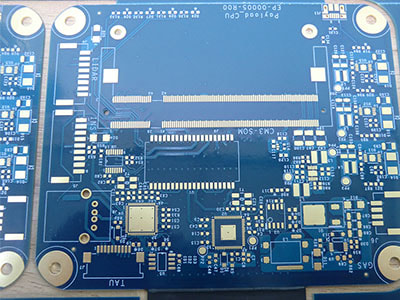A six layer Rigid-Flex PCBs, as the name implies, is manufactured using six conductive copper layers. However, do you know the materials used for constructing 6 layer rigid-flex PCB? Now let me lift the veil for you.

Base Materials - The most commonly used base materials for manufacturing 6 layer rigid-flex PCB is woven fiberglass impregnated with epoxy resin. The use of cured epoxy makes the board more rigid. Manufacturers also prefer Polyimide rather than normal epoxy resin to ensure extreme reliability in complicated applications. Polyimide is chosen due to their extreme flexibility, toughness, and heat resistance properties. Polyester (PET) is also another material of choice for the PCB fabrication. Manufacturers often choose the most suitable materials according to the specific application requirements of customers.
Films - Manufacturers prefer PET films for producing 6 layers rigid-flex PCB due to their corrosion and heat resistance properties. The thickness of PET films used for the PCB manufacturing vary from 1/3 mil to 3 mils.
Conductors – Copper is the most preferred conductor of choice for making 6 layer rigid-flex PCB and various types of copper are used according to the specific application requirements. Annealed copper is used when repeated creasing or movement of the flex circuit is demanded.
6 layers rigid flex PCB
Adhesives – The use of high quality adhesive is crucial to make a fine bonding between the conductor and films. Acrylic or epoxy based adhesives are the most commonly used adhesives to achieve a firm bonding, while silicones, hot-melt glues, and epoxy resins can also be used for bonding.
Manufacturers who are very familiar with the properties of the aforementioned materials can conduct their mechanical design, evaluation and testing of the PCBs better. Therefore, a manufacturer who fabricates 6 layers rigid-flex PCB for the automobile industry must quite know the moisture, chemical, shock & vibration resistance properties of the materials used in the construction. This contributes to enhancing the durability of PCBs in the case of industrial specific applications.










 2023-03-23
2023-03-23
 BEST
BEST


.png)
.png)
.png)
.png)

.png)

